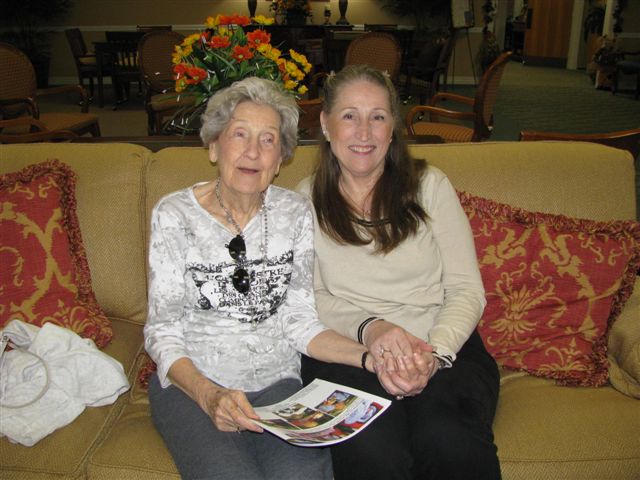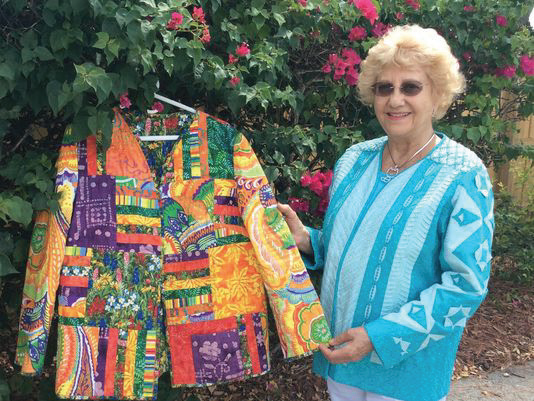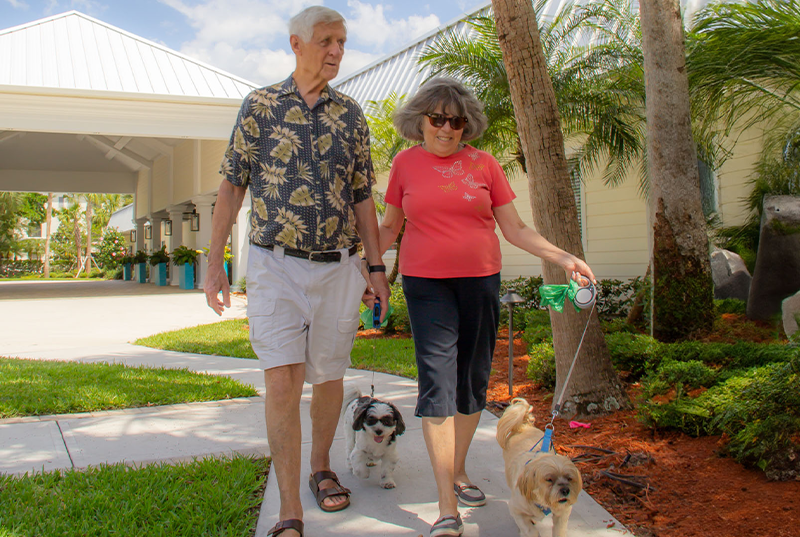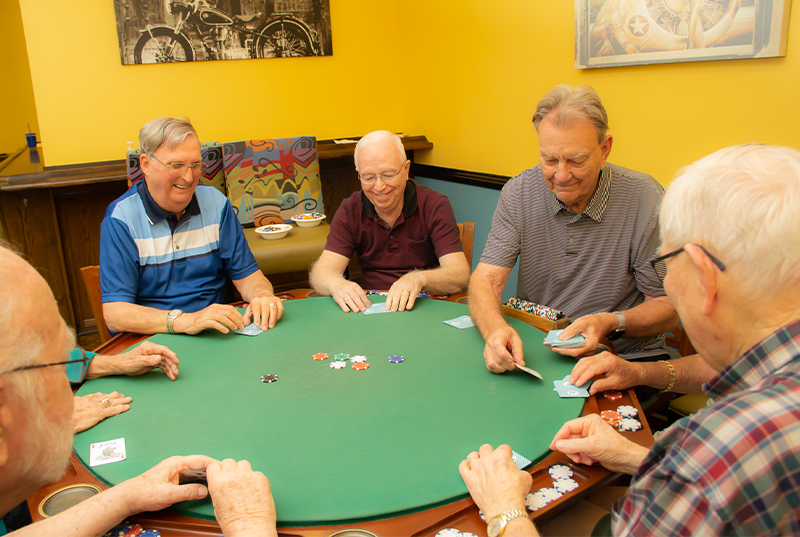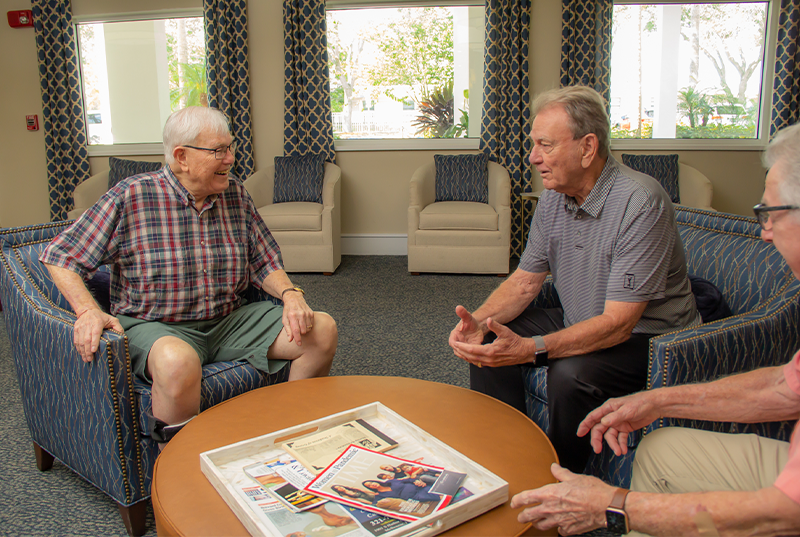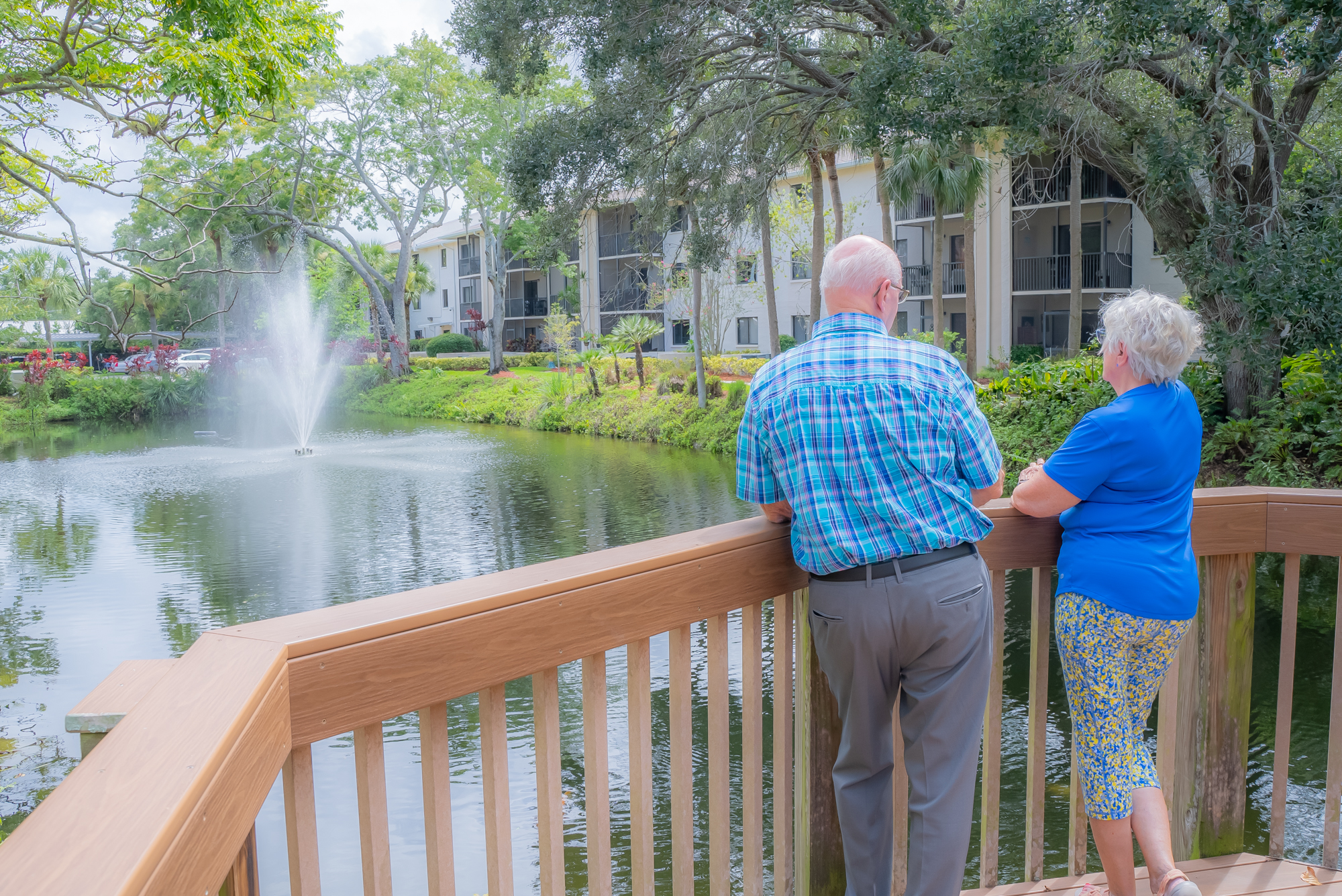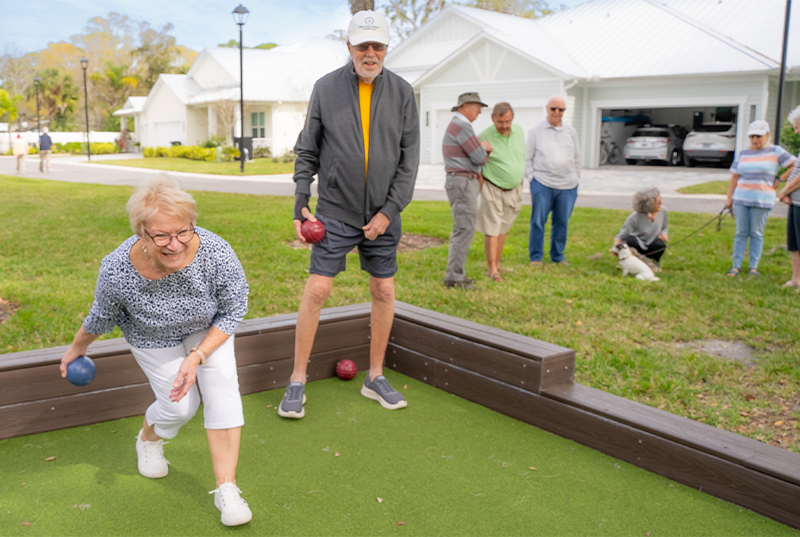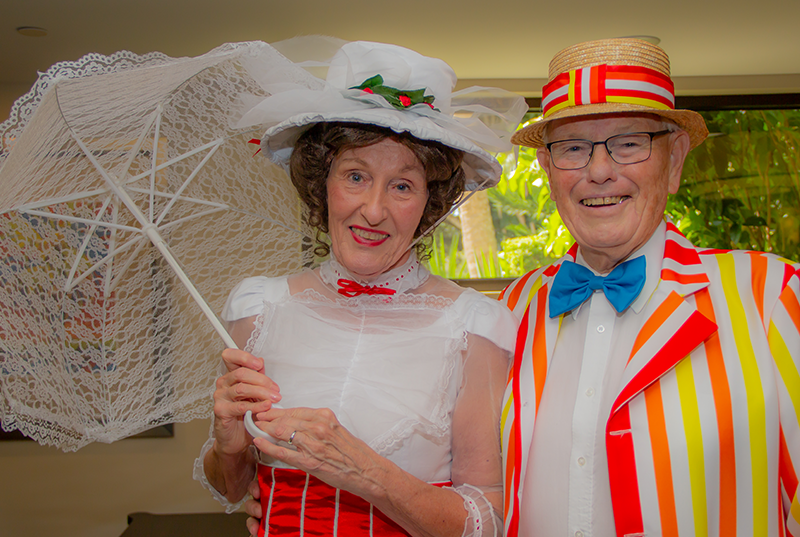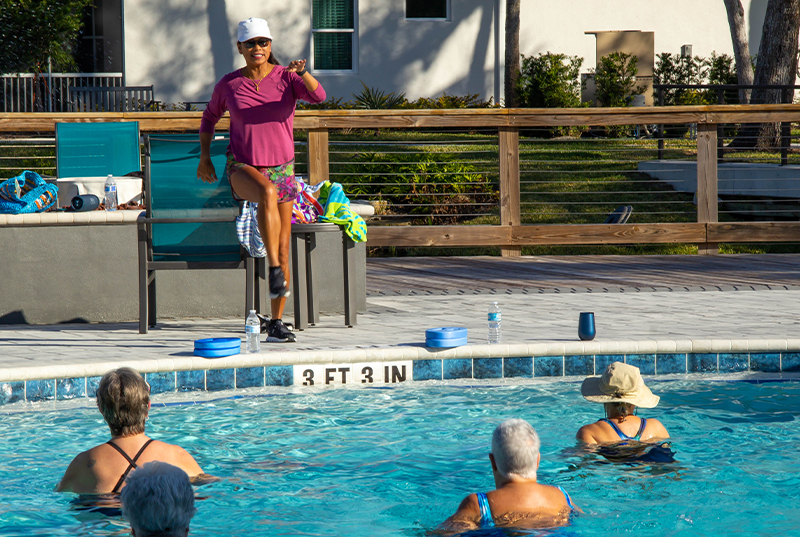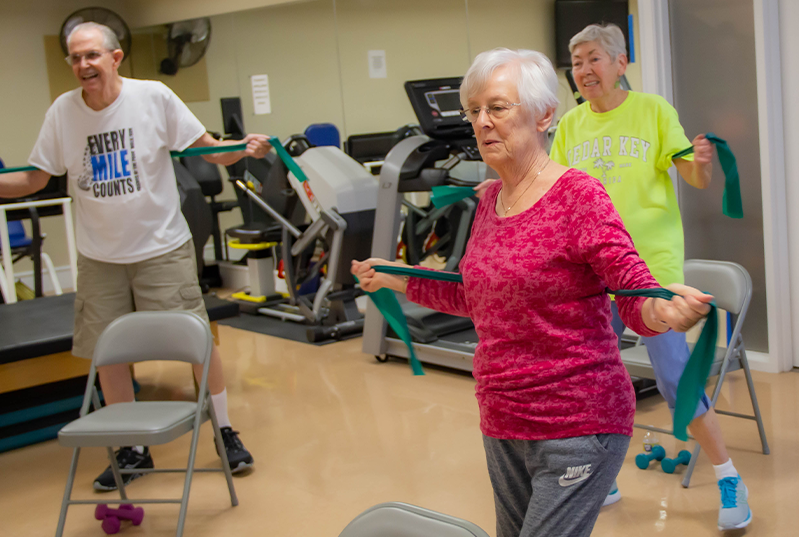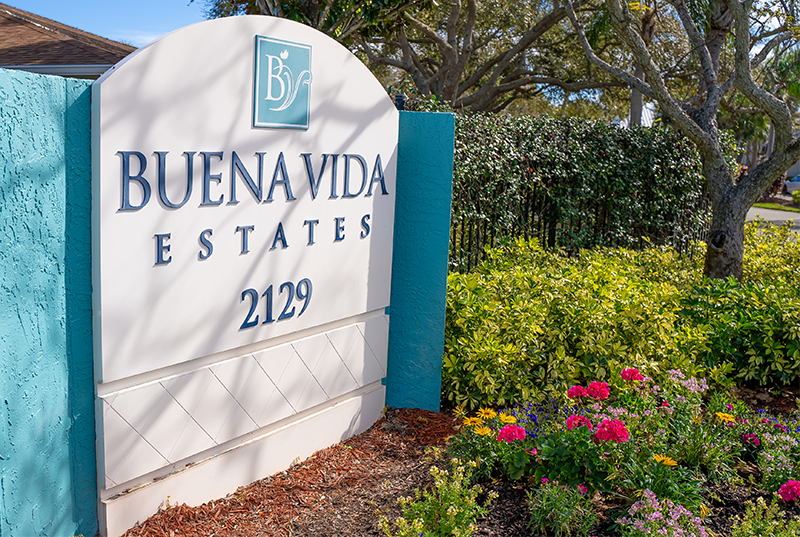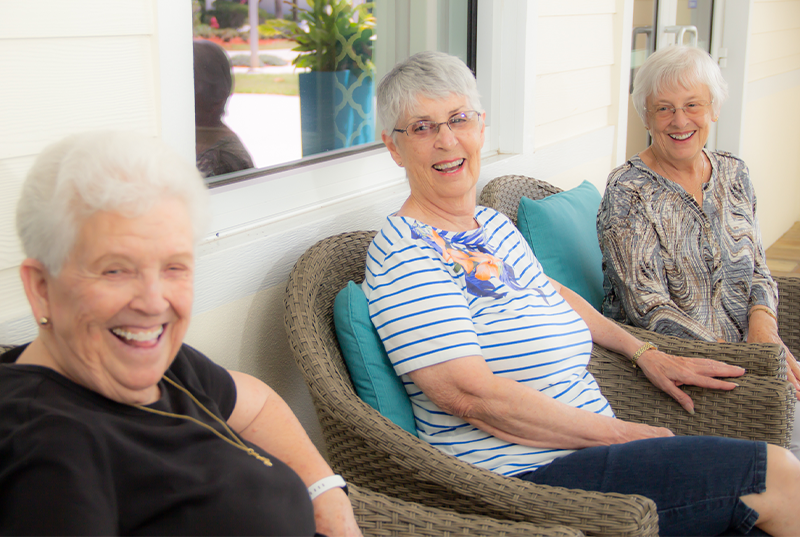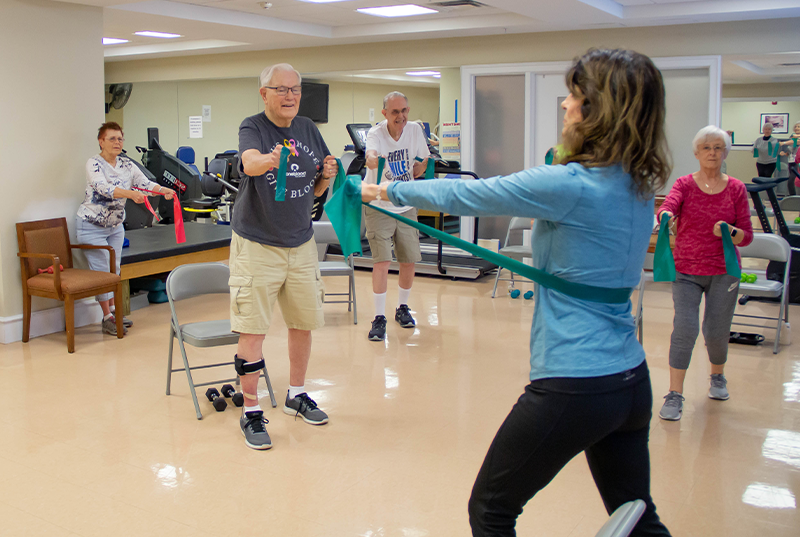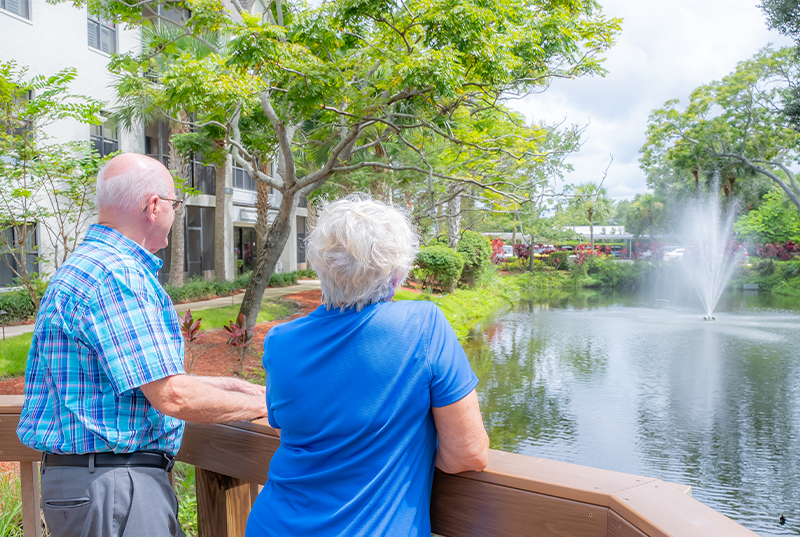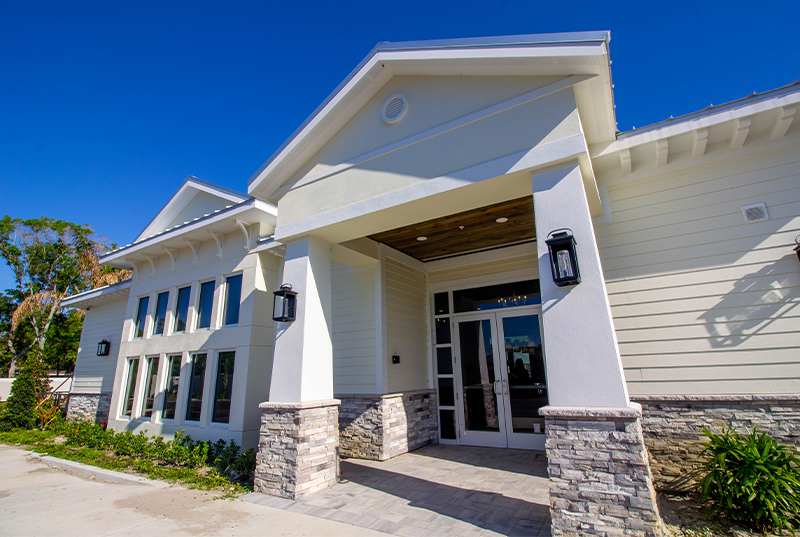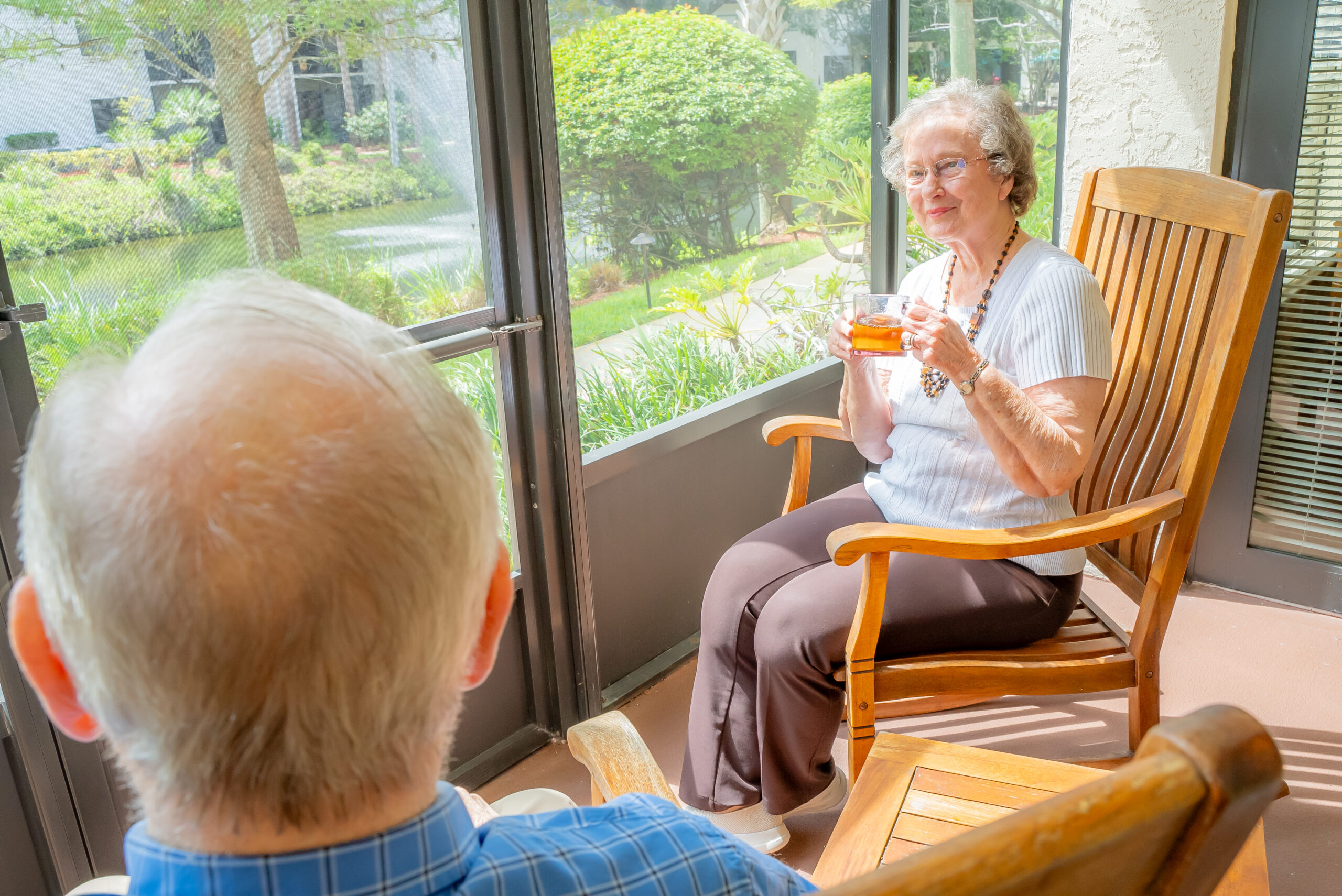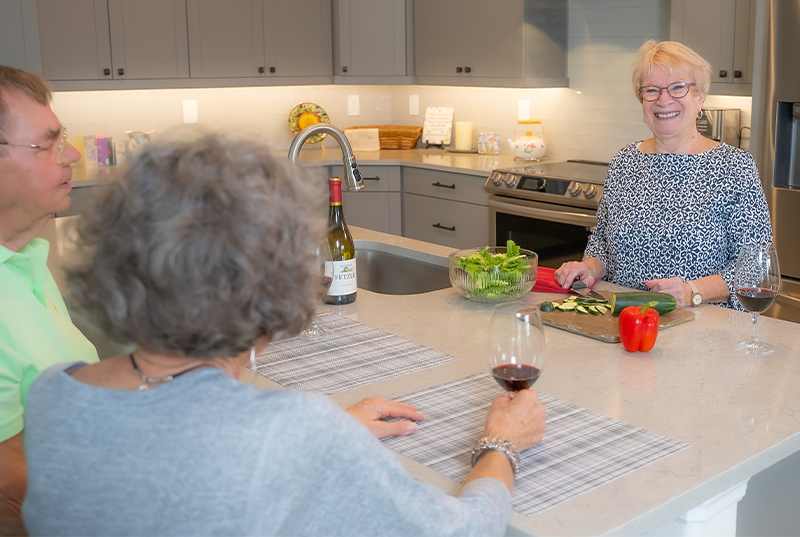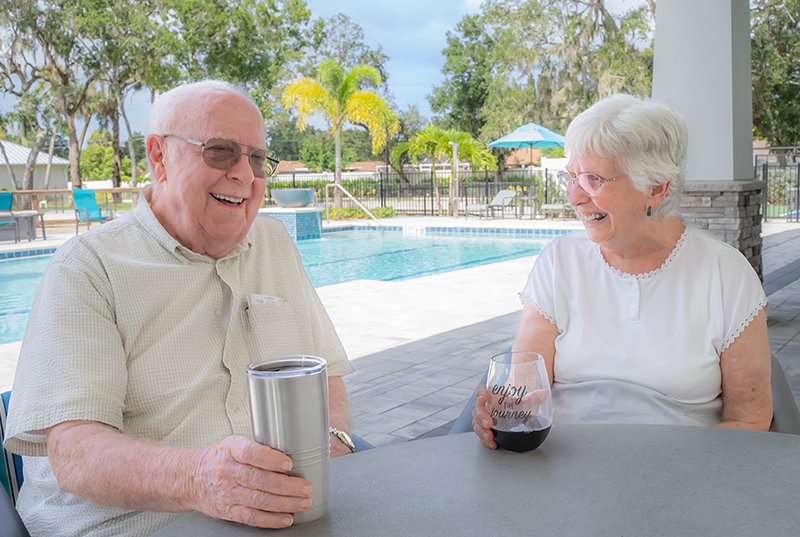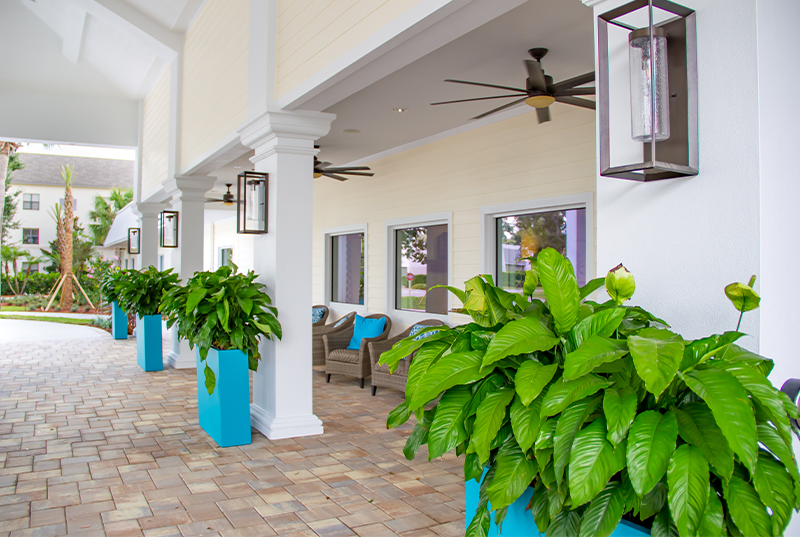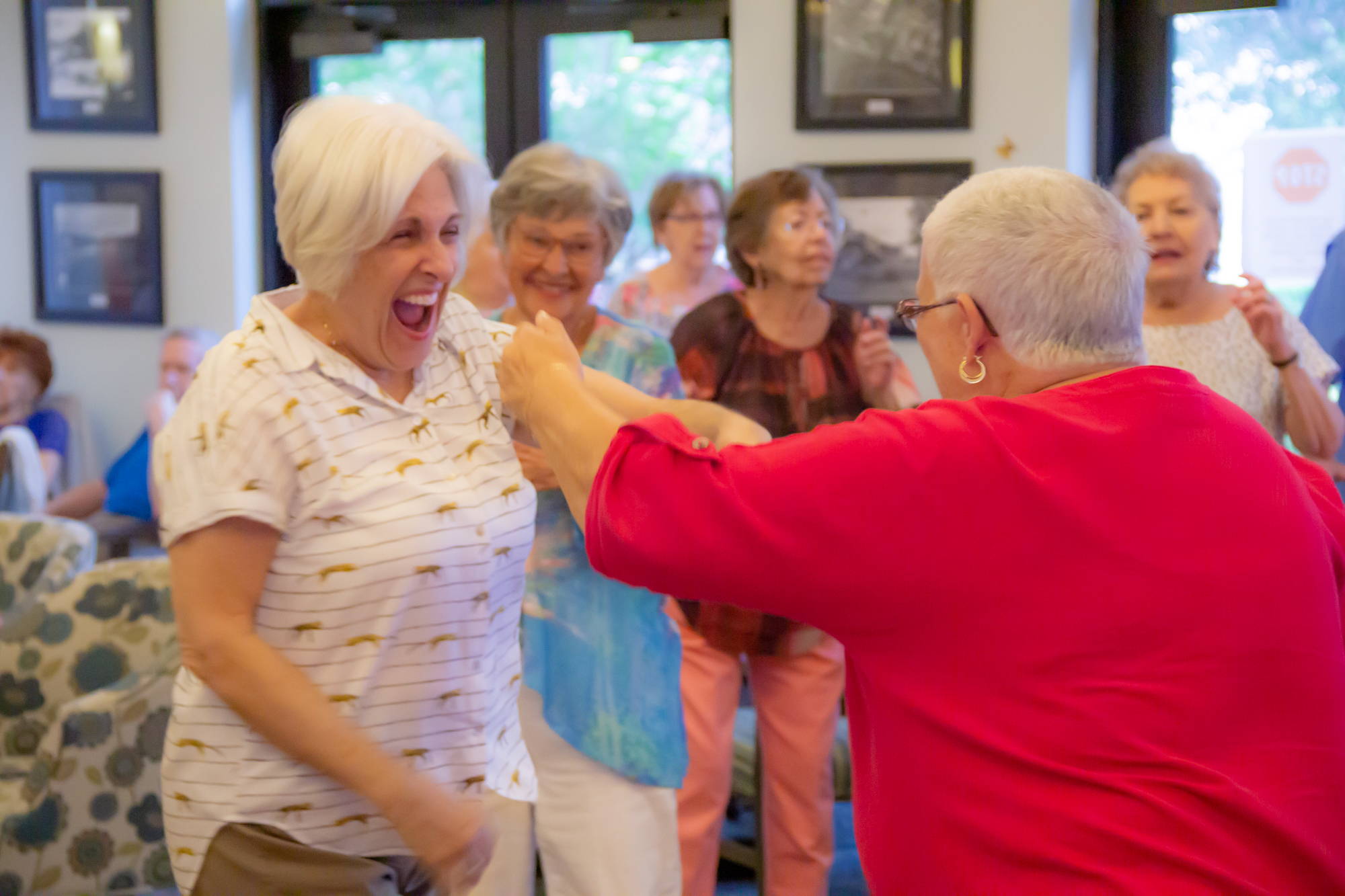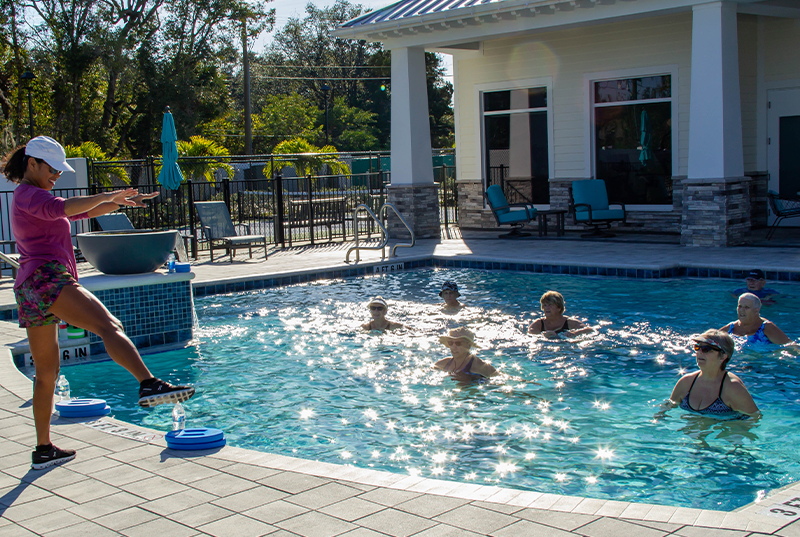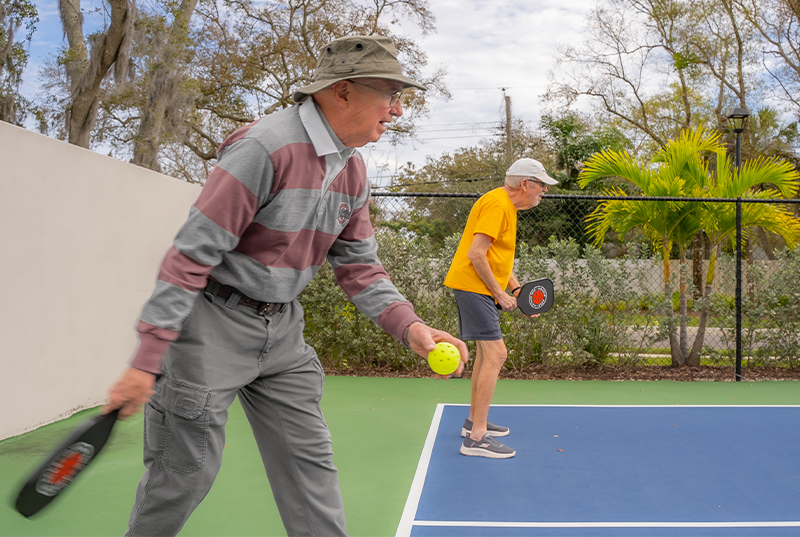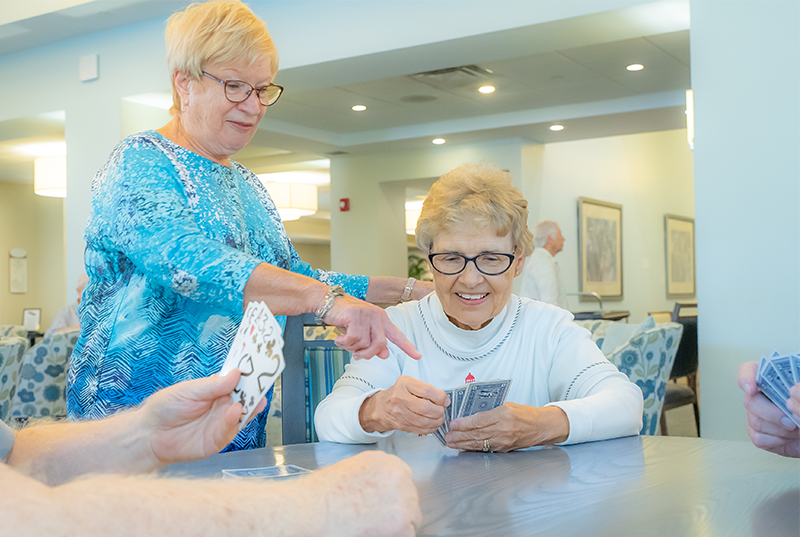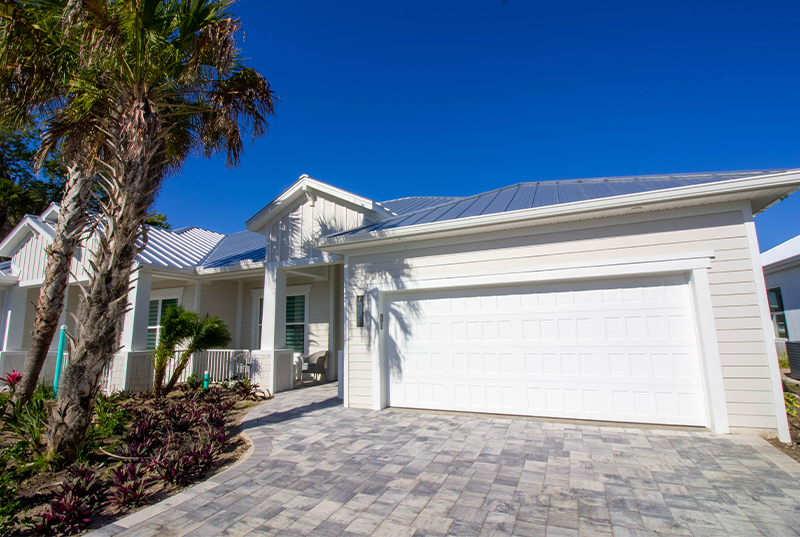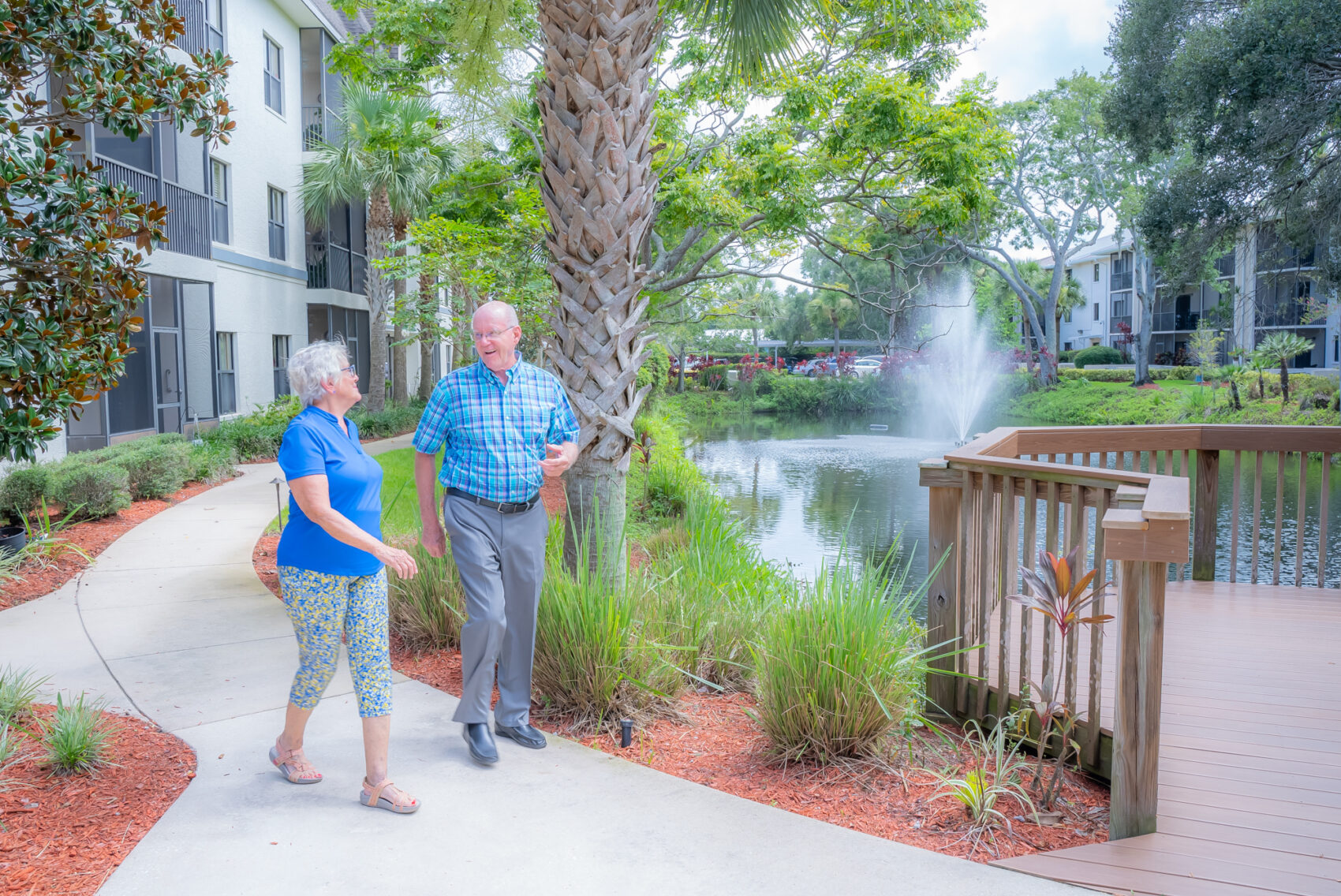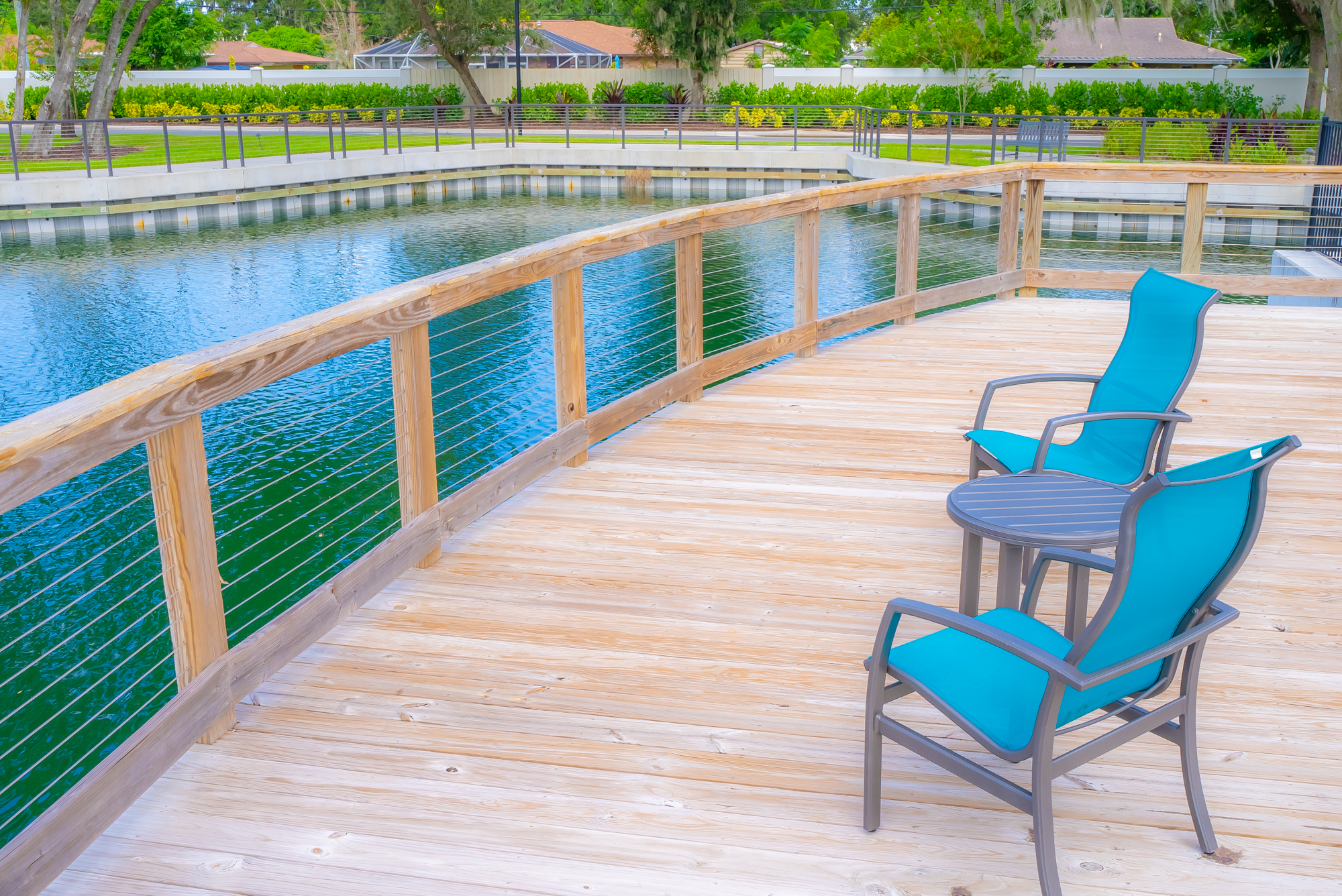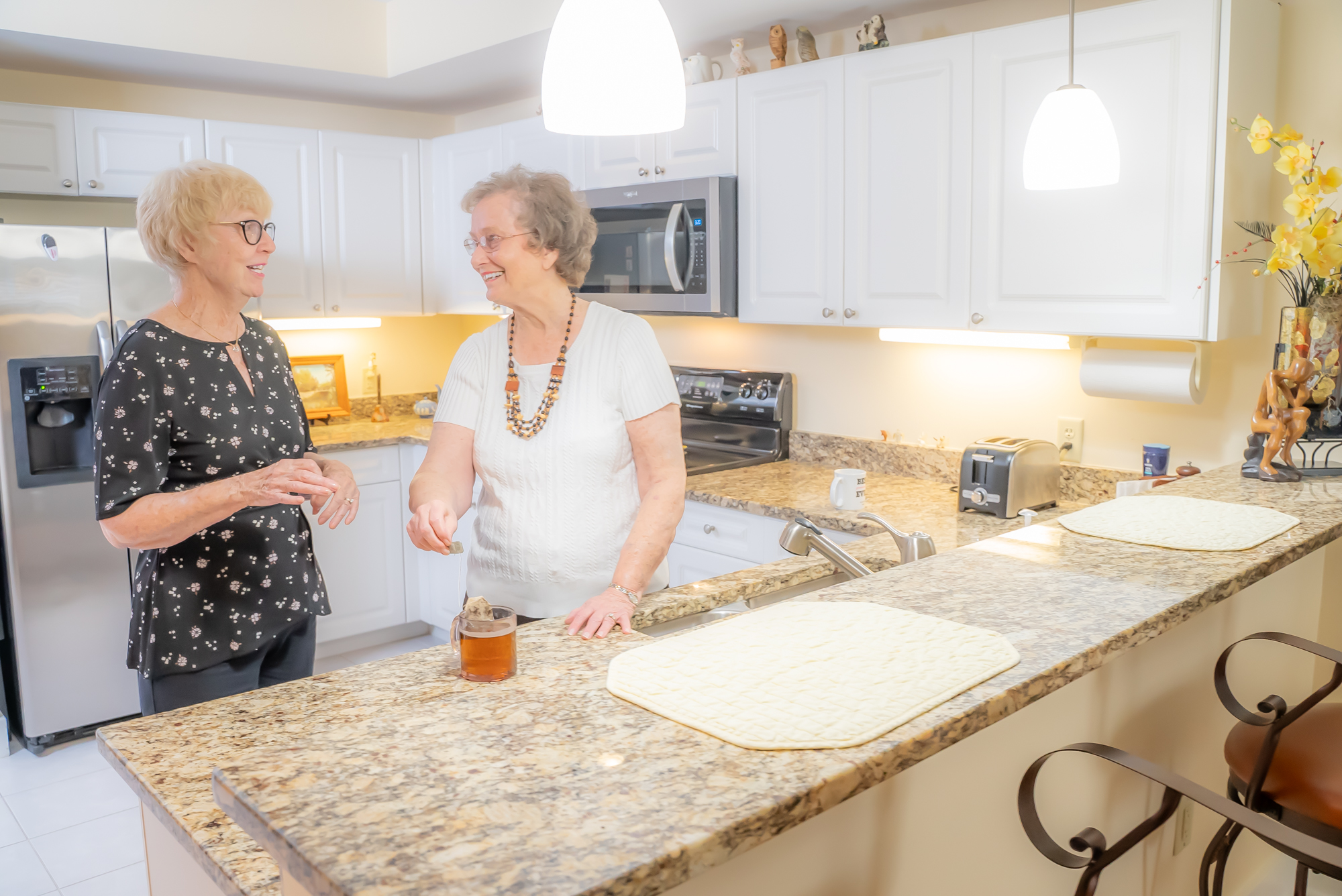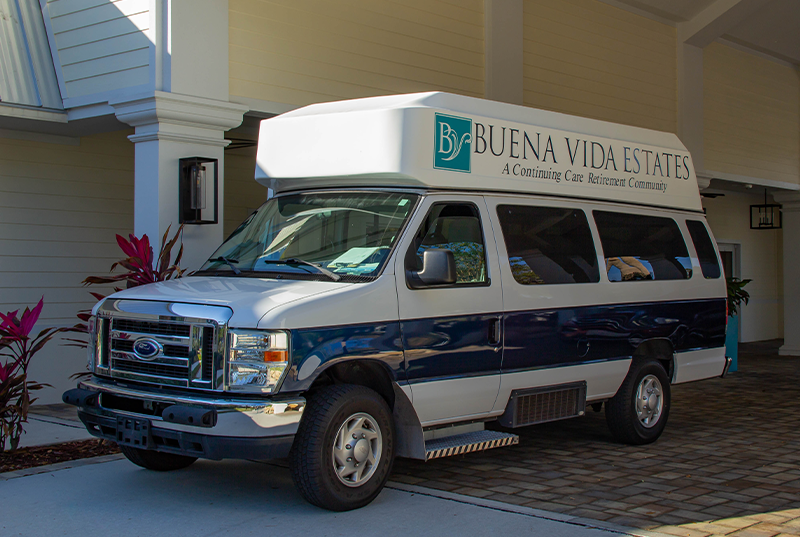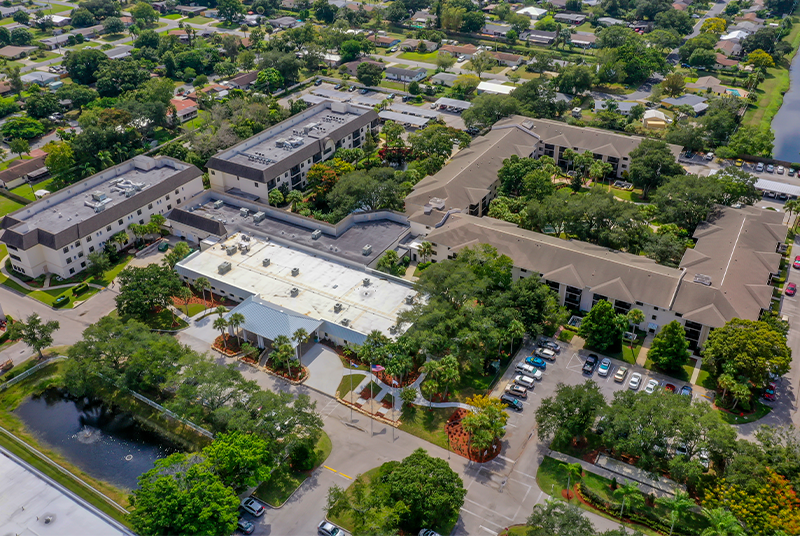Soloagers: What Fewer Births Means for Future Seniors
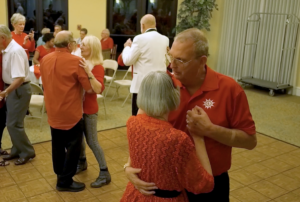
The nation’s growth rate has been slowing for a while, dropping around 2% each year. The CDC’s latest report revealed that the US birth rate was down more than 6% from the end of 2019 to the end of 2020. Not only that but the birth rate also hit a record low of 55.8 births per 1,000 women in 2020.
While there are a number of reasons that explain why less people are having children, there is also a ripple effect that this will cause down the line.
The Census Bureau projects that, due to the slowing birth rate and longer life expectancies, seniors will outnumber children by 2034.
So what does this mean for our future seniors?
The Long-Term Impact of Decreasing Birth Rates
- Fewer caregivers: With a decline in the younger population, there will be fewer young and healthy people to care for aging seniors.
- Less Social Security revenue: Younger workers fund the payments going to the retirees. With a shrinking workforce and an increasing number of retirees, we’ll eventually run through the reserves if changes aren’t made.
- More “soloagers”: Soloagers are seniors without a spouse/partner or children. The birth rate, combined with the divorce rate, means more seniors navigating retirement and age-related care by themselves.
A Solution for Soloagers
While it’s important for soloagers to have their legal affairs in order, it’s even more important for them to make plans for potential long-term care needs.
Without a spouse or adult children to care for them, moving into a continuing care retirement community (CCRC or life plan community) can offer peace of mind and ensure they never have to worry about finding or paying for care.

